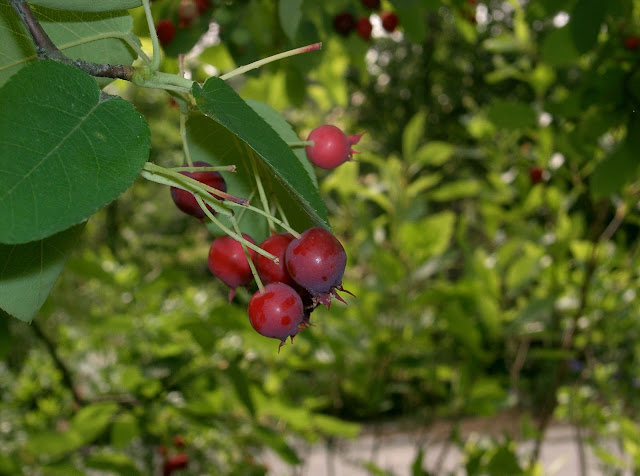Visit the Bighorns if you can stand the quiet…
We must have driven across 1,000 miles of prairies and rolling desert by the time the Bighorns poked up above the horizon, their snowy peaks just visible amid the haze. As we drew near, the mountainous silhouette consumed the orange backsplash of sky until they stood before us, looming with stoic composure. I turned to look at the arid landscape behind– so flat and unassuming. The transition was so abrupt, as though the mountains had been deliberately placed there. My eyes returned to the Bighorns and I was struck with profound intimidation. There seemed to be a quiet power emanating from the peaks, washing over their domain. My fascination mounted as the road pitched upward, leading us into the cliffs.
The Bighorn Mountains (Crow: Basawaxaawúua ‘Our Mountains’, or Iisaxpúatahchee Isawaxaawúua ‘Bighorn Sheep’s Mountains’) reside in northern Wyoming and extend to south-central Montana. Stretching over 200 miles, these 70 million-year-old peaks reach over 13,000 feet in height. The immensity of the Big Horns is not their only allure. This landscape is home to cascading waterfalls, vast forests, rivers, and sacred ancestral sites of the Arapaho, Cheyenne, Crow, Lakota, Dakota, Shoshone, Cree, Salish, Kootenai, and Blackfeet.
The Legend of Big Metal
While there are many place names for the Bighorns among Indigenous groups of the area, the one most popularly used (the Bighorns) originates from a story passed down by the Crow. According to legend, there was once a young boy who was pushed off of a cliff by his stepfather while they were out hunting. Upon returning to their village, the evil stepfather lied and said that the boy headed back from their expedition much earlier. Fearing that he had gotten lost, a search party set out to find him. Meanwhile, tucked within an outcropping of cedar trees, the young boy prayed for rescue, having been miraculously saved from his fall. Days passed before his prayers were answered. Big Metal, chief of the bighorns, approached the boy followed by 7 sacred bighorn sheep. Each of these sheep gifted the boy with a special ability, and Big Metal gave him his name ‘Big Iron’. They promised to lead him home but asked that he deliver one message:
The sheep had told him…we seven rule these big mountains. That river down there is the Bighorn River. Whatever you do, don’t change its name. If you ever change the name of the river, there will be no more Apsaalooke (Crow) tribe. The Apsaalooke will be nothing.
The sacred place is not chosen, it chooses.
At an elevation of 9,640 feet, the Bighorn Medicine Wheel is situated upon a limestone plateau on Medicine Mountain. Evidence suggests that this site has been used by local groups for over 7,000 years, continuing to this day. It is approximately 80 feet in diameter, with 28 spokes circling around a central cairn (or mound of stones). While there are many different customs and beliefs tied to medicine wheels, they are generally thought to have regenerative power, marking the intersection of the earth and sky. According to Gerri Elise McCulloh, “Medicine wheels are circles that do not have beginnings or ends; they represent infinity, cycles, and the entanglements of all life.” The Bighorn Medicine wheel has several astrological alignments, particularly in regard to the Summer Solstice. The Bighorn Medicine Wheel is still used by Indigenous groups today as well as other nearby features such as ceremonial stages, medicinal and ceremonial plant-gathering areas, sweat lodges, altars, offering locales, and recent vision-quest enclosures.
In the 19th century, it was deemed illegal to perform religious activities on Medicine Mountain– violators faced federal incarceration. This status remained until the 1950s and later the site was made a Historic Landmark in 1969. Despite its spiritual significance, proposals for development on Medicine Mountain were introduced to bolster tourism to the area. After decades of pushback by local tribes, a long-term plan to protect the area was established in 1996. Today, the Bighorn Medicine Wheel is under the protection of Bighorn National Forest with primary consultation from the Medicine Wheel Alliance and the Medicine Wheel Coalition. Access is limited to the public, and controlled by local tribal authorities.
The Bighorns
Although we only had a brief encounter driving through the Bighorns, it was definitely one of the highlights of our trip. Even to the most inconspicuous passerby, like myself, the energy of this landscape could not go unnoticed. While I was able to capture a few photos from the van as we drove, nothing could compare to the real thing. I highly recommend putting the Bighorn Mountains on your travel bucket list– they are certainly on mine!
Sources
Rosile, G.A. (Ed.) Tribal Wisdom for Business Ethics, Emerald Group Publishing Limited, Bingley, pp. 199-210.
.png)





_-_4525188863.jpg)

_(25992630554).jpg)




.jpg)






